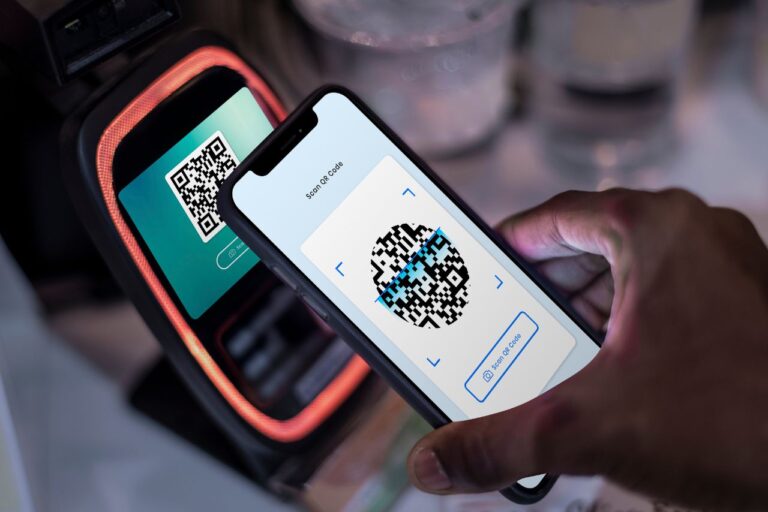As the digital payments landscape rapidly evolves, White Label Payment Gateways have become a powerful solution for businesses looking to provide personalized payment services without having to develop proprietary technology. These gateways allow businesses to customize existing infrastructure, providing flexibility, security and cost-effectiveness.
With the rise of digital transactions and consumer demand for seamless payment experiences, white label solutions are becoming increasingly crucial for fintech companies, e-commerce platforms, and traditional financial institutions.
Why White Label Payment Gateways Are Gaining Ground
Fast and cost-effective market entry
White label payment gateways allow businesses to quickly enter the payments market without incurring the high costs associated with developing a gateway from scratch.
Note: If you want to learn candlesticks and chart trading from scratch, this is the best book available on Amazon! Get the book now!
According to Allied Market Research, the global white label payment gateway market is expected to grow at a CAGR of 14.2% between 2022 and 2031, demonstrating the growing need for affordable and scalable payment solutions.
Brand customization and flexibility
With a white-label solution, businesses take control of the customer experience. They can customize the look and feel, payment flow, and functionality of the gateway to align with their brand identity, increasing customer retention and loyalty.
For example, fintech companies targeting SMBs can choose a white-label gateway that integrates seamlessly with their broader ecosystem, providing a consistent user experience.
Enhanced security measures
Security remains a top priority in digital payments. White label payment gateways offer robust security features including: PCI DSS Compliancetokenization and encryption, ensuring secure transactions and building customer trust.
As Payomatix notes, “leveraging white label solutions allows businesses to offer secure and compliant payment processing without compromising the user experience”【Payomatix】.
Top Trends in White Label Payment Gateways
Integration with cutting-edge technologies
White label payment gateways are increasingly adopting Artificial Intelligence (AI) And Machine Learning (ML) to improve fraud detection, personalize customer interactions, and provide predictive analytics. AI-powered systems can analyze transaction data in real time, identifying suspicious patterns more effectively than traditional methods.
Focus on multi-currency and cross-border payments
The demand for cross-border e-commerce is booming, with global transactions expected to reach $1 trillion by 2025, according to McKinsey. White-label payment gateways support multi-currency payments, allowing businesses to reach international markets seamlessly.
Companies like Payomatix are at the forefront of providing global payment solutions that meet the diverse needs of customers across regions【Payomatix】.
Mobile payment integration
With the rise of mobile payments, white label payment gateways are optimizing their platforms for mobile use. The proliferation of e-wallets, contactless payments, and mobile banking apps requires robust mobile compatibility to deliver seamless experiences across devices.
Successful Implementations of White Label Payment Gateways
Payomatix’s Global Strategy
Payomatix expanded its global presence by leveraging a white-label payment gateway, which enabled the company to offer a diverse range of local and international payment methods while maintaining a consistent brand image.
This strategy enabled rapid market entry, enabling growth in multiple countries without the significant costs of developing new infrastructure. Payomatix focused on its core capabilities while leveraging the technology and security frameworks of a proven gateway provider, providing a secure and seamless experience for its customers.
Shopify’s Custom Payment Solution
E-commerce giant Shopify uses a white-label gateway to offer “Shopify Payments,” its branded payment processing service.
This gateway allows merchants to accept different payment types, including credit cards, digital wallets, and cross-border transactions, while reducing transaction fees. Shopify’s approach highlights how white-label solutions can streamline checkout processes, improve the merchant experience, and maintain brand integrity.
Regulatory considerations
Compliance with local and global standards
White label payment gateways must comply with various regional and global regulatory requirements, including: GDPR in Europe, CCPA in California, and PCI DSS Standard international standards. Compliance helps businesses mitigate legal risks while providing secure payment services.
Adapting to changing regulatory environments
The payments industry is subject to frequent regulatory changes. Partnering with a white label gateway provider that understands these complexities helps businesses maintain compliance, avoid fines, and ensure service continuity.
Expert Reviews on White Label Payment Gateways
Amit Kumar, Head of Strategy at Payomatixcommented: “White label payment gateways offer unmatched flexibility and scalability for businesses looking to expand their digital payment capabilities. By leveraging these solutions, businesses can build customer trust, reduce costs, and maintain a strong brand presence in a competitive marketplace.”
Future Opportunities in White Label Payment Gateways
Expansion into emerging markets
White label solutions provide a low-risk entry point into emerging markets, where local payment preferences vary. Support for local currencies and payment methods allows businesses to reach a wider audience, increasing customer satisfaction and loyalty.
Integration with cryptocurrencies and digital assets
As cryptocurrencies become more widely accepted, more white-label payment gateways are starting to support crypto transactions. This trend allows businesses to offer additional payment options and meet the needs of a growing market of digital asset users.
Subscription-based business models
The rise of the subscription economy has increased the demand for payment gateways that support recurring billing and subscription management.
White label gateways respond by offering features such as automated invoicing, retry logic for failed payments, and built-in customer management tools, making them ideal for SaaS businesses, digital content providers, and subscription services.
Conclusion
White label payment gateways provide a flexible and cost-effective solution for businesses looking to quickly expand their digital payment capabilities. As the fintech landscape evolves and new trends emerge, these gateways will continue to be a critical tool for businesses looking to deliver personalized, secure, and efficient payment experiences.
By staying ahead of regulatory changes, embracing technological advancements and leveraging white label solutions, businesses can achieve growth, build customer trust and maintain a competitive advantage in the digital economy.
For more information on how white label payment gateways can benefit your business, visit PayomatixStay ahead of the ever-changing fintech industry by leveraging innovative payment solutions that drive growth and build customer trust.



